Innovative Marketing Strategies
In the Lager Market, innovative marketing strategies are playing a crucial role in attracting new consumers. Breweries are leveraging social media platforms and influencer partnerships to reach younger demographics, who are increasingly becoming the primary consumers of lagers. Engaging content, such as interactive campaigns and virtual tastings, is being utilized to create a sense of community among lager enthusiasts. Furthermore, data indicates that brands employing targeted marketing strategies have seen a 15% increase in brand loyalty. This focus on innovative marketing is likely to enhance brand recognition and drive sales within the Lager Market.
Rising Demand for Premium Lager
The Lager Market is currently experiencing a notable shift towards premium and craft lagers. Consumers are increasingly seeking high-quality products that offer unique flavors and brewing techniques. This trend is reflected in the growth of craft breweries, which have expanded their offerings to include a diverse range of lagers. According to recent data, the craft beer segment, which includes premium lagers, has seen a growth rate of approximately 20% over the past few years. This rising demand for premium products is likely to drive innovation within the Lager Market, as breweries strive to differentiate themselves through unique ingredients and brewing methods.
Emergence of Non-Alcoholic Lagers
The Lager Market is adapting to changing consumer preferences, particularly with the emergence of non-alcoholic lagers. As health-conscious consumers seek alternatives to traditional alcoholic beverages, breweries are responding by developing non-alcoholic options that retain the flavor and quality of regular lagers. This segment has shown remarkable growth, with non-alcoholic beer sales increasing by over 30% in recent years. The introduction of these products not only caters to a broader audience but also aligns with the growing trend of moderation in alcohol consumption. This shift is likely to reshape the landscape of the Lager Market.
Expansion of Distribution Channels
The Lager Market is witnessing an expansion of distribution channels, which is facilitating greater accessibility for consumers. Traditional retail outlets are increasingly complemented by online platforms, allowing consumers to purchase lagers from the comfort of their homes. This shift is particularly relevant as e-commerce continues to grow, with online beer sales projected to increase significantly in the coming years. Additionally, partnerships between breweries and restaurants or bars are becoming more common, enhancing the visibility of various lager brands. This expansion of distribution channels is expected to contribute positively to the overall growth of the Lager Market.
Sustainability and Eco-Friendly Practices
Sustainability is becoming a pivotal driver in the Lager Market, as consumers increasingly prioritize eco-friendly practices. Breweries are adopting sustainable sourcing of ingredients, reducing water usage, and implementing recycling programs to minimize their environmental impact. Data suggests that brands emphasizing sustainability have experienced a 25% increase in consumer preference. This trend is not only beneficial for the environment but also enhances brand loyalty among consumers who value corporate responsibility. As sustainability continues to gain traction, it is expected to play a significant role in shaping the future of the Lager Market.


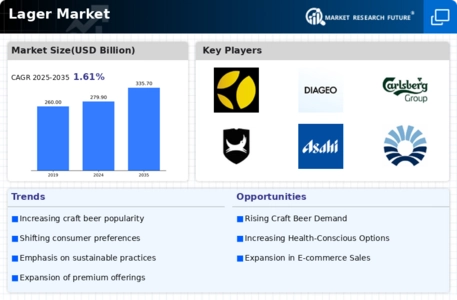
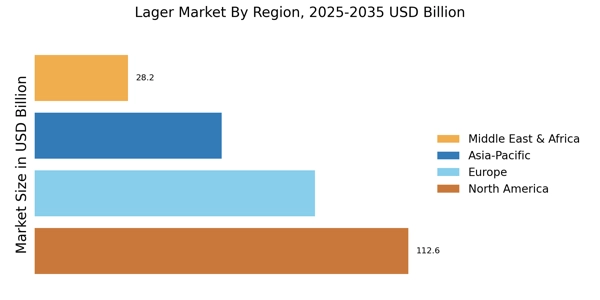
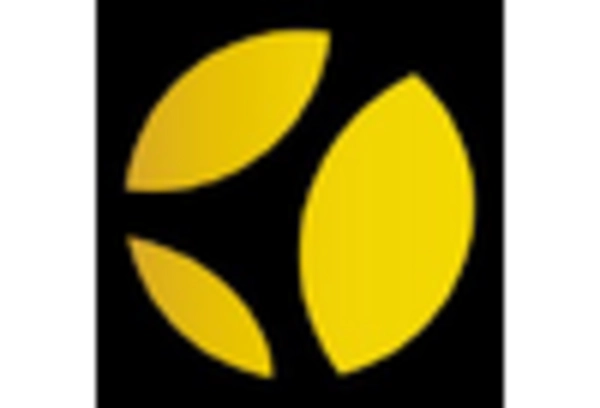
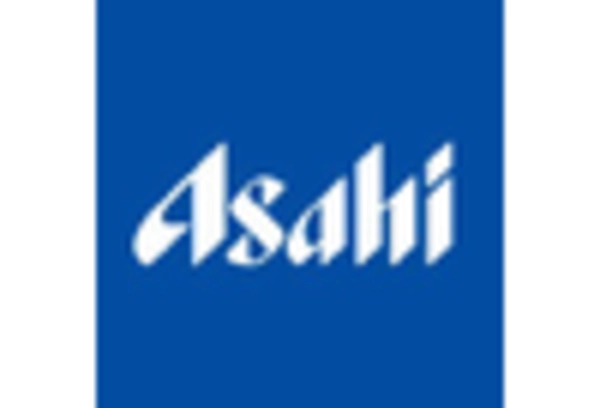
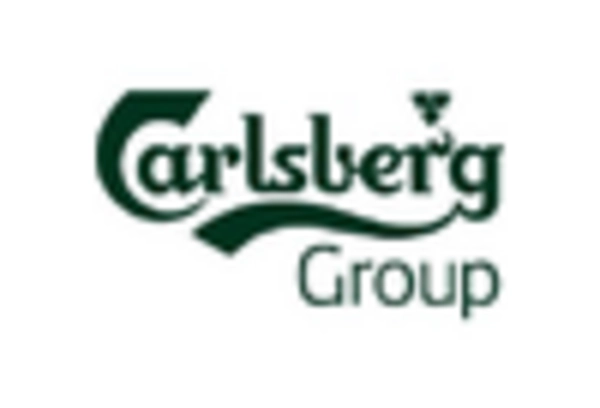
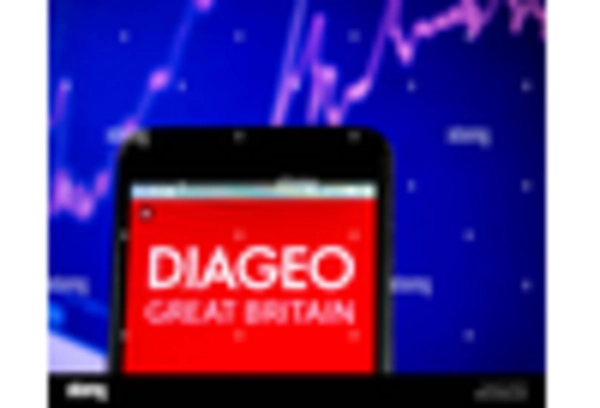
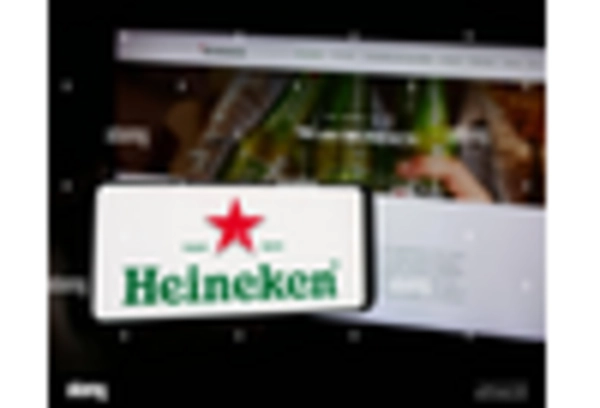
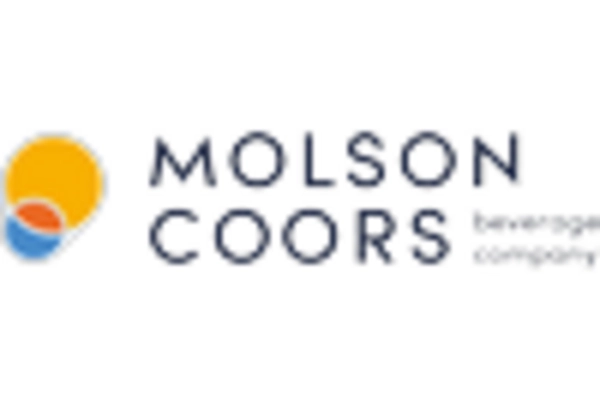








Leave a Comment